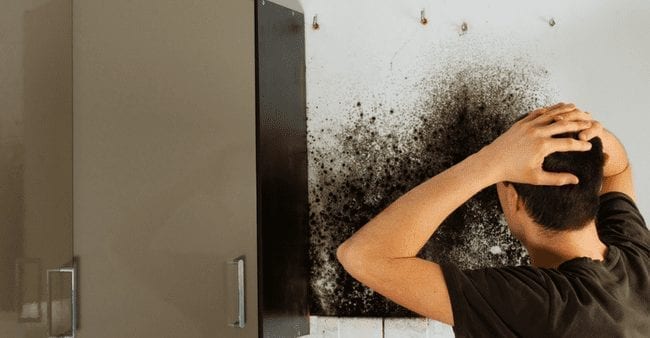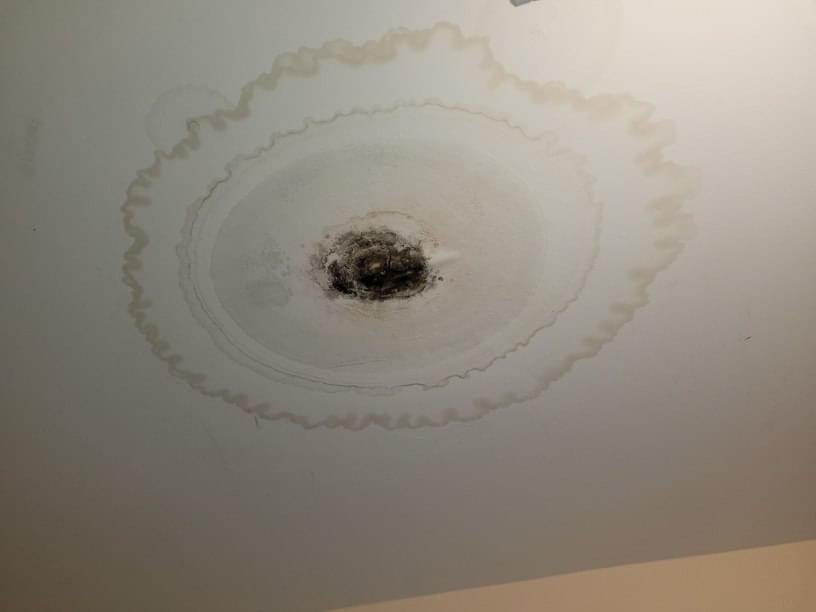Do you find yourself on the lookout for guidance about Locating water leaks?

Early detection of dripping water lines can reduce a potential catastrophe. Some tiny water leakages may not be noticeable.
1. Analyze the Water Meter
Checking it is a surefire means that aids you find leaks. If it moves, that shows a fast-moving leak. This indicates you might have a slow leakage that could also be underground.
2. Examine Water Usage
Assess your water bills and track your water usage. As the one paying it, you ought to notice if there are any kind of inconsistencies. If you spot sudden changes, regardless of your consumption coinciding, it implies that you have leakages in your plumbing system. Keep in mind, your water costs ought to drop under the same variety every month. An unexpected spike in your costs indicates a fast-moving leakage.
On the other hand, a consistent rise every month, even with the same practices, shows you have a sluggish leakage that's likewise gradually intensifying. Call a plumber to thoroughly examine your residential or commercial property, especially if you really feel a cozy area on your floor with piping below.
3. Do a Food Coloring Examination
When it comes to water consumption, 30% comes from bathrooms. If the shade somehow infiltrates your dish throughout that time without flushing, there's a leak in between the container and bowl.
4. Asses Exterior Lines
Do not fail to remember to check your exterior water lines as well. Ought to water permeate out of the connection, you have a loose rubber gasket. One small leak can lose lots of water and also surge your water costs.
5. Evaluate the scenario and check
Homeowners ought to make it a behavior to check under the sink counters as well as also inside closets for any bad odor or mold growth. These 2 warnings show a leak so prompt attention is required. Doing routine assessments, also bi-annually, can conserve you from a significant trouble.
Extra importantly, if you know your home is already old, keep a watchful eye on your heaters, hoses, pipelines and so on. Look for stainings as well as deteriorating as many devices and also pipes have a life expectancy. They will also normally degrade because of wear and tear. If you think leaking water lines in your plumbing system, do not wait on it to escalate. Call a specialist plumber as soon as possible so you don't wind up with a dreadful mess in your home.
Early discovery of dripping water lines can mitigate a prospective disaster. Some tiny water leaks might not be noticeable. Examining it is a surefire way that helps you find leakages. One little leakage can waste tons of water as well as spike your water bill.
If you think leaking water lines in your plumbing system, don't wait for it to escalate.
How to Know If Your Home Has a Hidden Leak
Water Meter Reveals Inexplicable Water Usage
If you’d like to test whether or not there’s a leak somewhere in your home, you can do this using your water meter. Here is how to conduct the test:
Don’t use any water in your home for at least 30 minutes; this also means not turning on faucets or water-using appliances.
Go outside, and check your water meter for activity.
If your water meter shows that there was activity, even though no one was using any water, this proves that there is a leak in your home.Visible Mold or Mildew Growth
Leaks behind walls create moist, dark environments that allow mold and mildew to grow and thrive. Eventually, you might see mold growth forming on the wall closest to a hidden leak.
If mold is growing in an area that receives a high amount of moisture, such as a bathroom, it may simply be an indication that better ventilation is needed. However, if you see mold growth on a wall or the ceiling in an area where you would not expect, you probably have a hidden leak.
Musty, Mildew Odor
Sometimes you might not be able to see the mold or mildew that is growing as a result of a leak. However, the smell can give the problem away just as easily. If you catch a whiff of something musty, there’s a good chance that old water is collecting somewhere in your home that you can’t see.
Stained/Warped Walls, Ceilings, or Floors
When your home soaks up water, a variety of red flags can become visible, including ceiling stains, bubbling drywall, warped walls, and sagging floors. While these issues can be caused by excess humidity, they can also be signs that a pipe or plumbing connection has started leaking behind your walls.
Inexplicably High Water Bill
After a while, you get a general sense for what your water bill should be. If you own a pool or sprinkler system, your bill will tend to be higher during summer. However, if you receive a water bill that seems especially high, and you can’t figure out what caused it, then you may have a hidden leak somewhere that’s increasing your bill.
https://www.plumbingjoint.com/blog/2019/july/how-to-know-if-your-home-has-a-hidden-leak/

Hopefully you enjoyed our post on Locating water leaks. Thank you for finding the time to read through our piece of content. Sharing is nice. Helping others is fun. Many thanks for your time spent reading it.